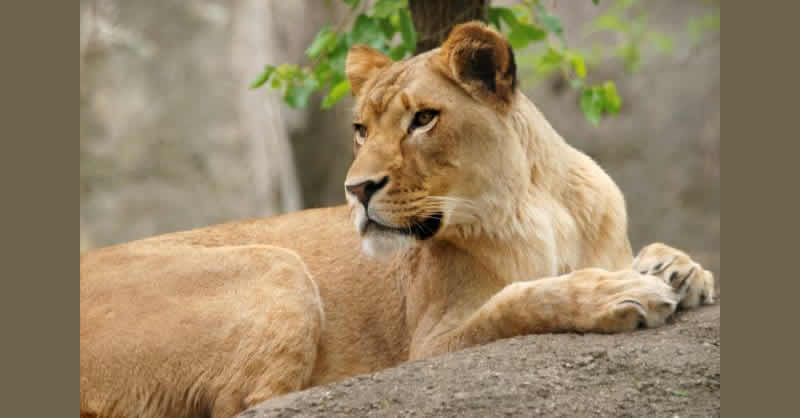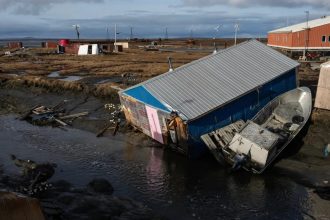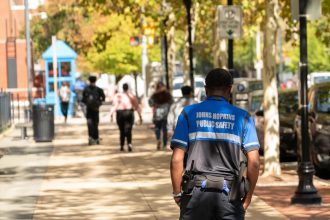A conservation group says it has photographic evidence of the presence of a female lion in a national park in northeastern Central African Republic for the first time in six years.
The camera trap evidence of the lioness is a “critical milestone in the recovery of lions” in the region, the Wildlife Conservation Society (WCS) said.
“Until now, all camera trap images had captured only males, with no evidence of breeding females or cubs,” it said in a statement on Thursday.
The image, recorded in Bamingui-Bangoran National Park, suggested that the lioness was lactating, indicating the presence of cubs, which the NGO called “a promising sign of reproduction and population resilience”.
The US-based NGO said that the lion population in northeastern CAR was estimated at a few dozen at best.
“Yet, the habitat remains largely intact, with low human densities, offering an extraordinary chance for recovery,” Luke Hunter, executive director of WCS’s Big Cats Programme, said in the statement.
The WCS said that northeastern CAR faced acute conservation threats, including from ivory poaching, commercial bushmeat hunting and illegal extraction of resources.
“These threats are often compounded by armed groups and regional insecurity,” it added.
All rights reserved. This material, and other digital content on this website, may not be reproduced, published, broadcast, rewritten or redistributed in whole or in part without prior express written permission from PUNCH.
Contact: [email protected]









